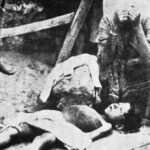
The 1915 massacre of Armenians by Ottoman Turks was more than a systematic ethnic purge. It also was a desperate effort to save a once-great empire.
As the world prepares to mark the 100th anniversary of what is widely known as the Armenian Genocide, most historians agree that the massacre of an estimated 1 million Armenians was a ruthless, last-ditch attempt by the battered Ottomans to survive as their empire crumbled around them.
“In order to save their territories, they thought the best thing was to exterminate the Armenian population,” says Taner Akcam, a Turkish-born historian, during a lecture at Clark University in Massachusetts.
“And this is then what they did, beginning with April 1915. And throughout this period they not only physically annihilated the Armenian population, they also used extensively the policy of assimilation.”
Empire Shrinking
At its height in the late 1600s, the Ottoman Empire controlled large swathes of Europe, Asia, and Africa. But by the start of the 20th century it had lost 60 percent of its land, and its European provinces were growing restless. During the First Balkan War in 1912-13, the Ottomans lost a staggering 80 percent of their European territories in a single month.
The empire, which had thrived for centuries as a multicultural and relatively progressive regime, began to look inward. The once-moderate Young Turks reform movement, which rose to power in 1908, grew increasingly nationalist and Muslim-centric as Ottoman fortunes dimmed.
As a result, Constantinople’s attention focused increasingly on Anatolia. The region, which encompasses much of modern-day Turkey, was then home to a sizeable Christian minority, including Greeks, Assyrians, and an estimated 2 million Armenians who had lived on the territory for centuries.
After entering World War I on the side of Germany, Ottoman panic grew. A crushing defeat by Russian forces in the Caucasus in early 1915 left the Turks fearing an imminent invasion by Orthodox soldiers who they worried would be warmly welcomed by Anatolian Christians.
Enver Pasha, an Ottoman leader, said non-Turkish elements were like a tumor that should be “purged” from the body.
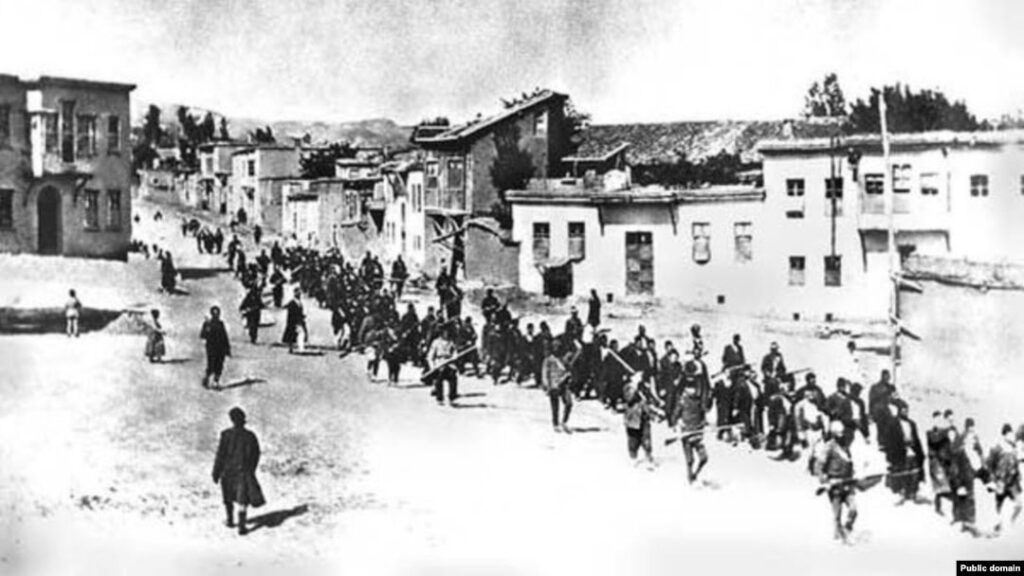
Death Marches To The Desert
On April 24, 1915, on the eve of Britain’s Gallipoli invasion, unnerved Ottoman authorities arrested and executed several hundred Armenian intellectuals at the order of the interior minister. From there, they launched a campaign of executions and deportations of the Armenian population, and the confiscation of abandoned Armenian property.
Hundreds of thousands of Armenian men, women, and children were sent on death marches, lasting hundreds of miles, through the Syrian desert.
Many of the men were brutally massacred en route. Thousands of women and children were violently assimilated through rape and abduction, forced to adopt Turkish names, and convert to Islam. Others were subjected to attacks by Kurds and other groups they met during their forced pilgrimage. Those who resisted were often killed.
“What we’re talking about is an effort to basically remove most of the Armenians and send them to the deserts of Syria, which is the driest, most inhospitable part of the empire,” says Thomas de Waal, a senior associate at the Carnegie Endowment for International Peace and the author of Great Catastrophe: Armenians And Turks In The Shadow Of Genocide.
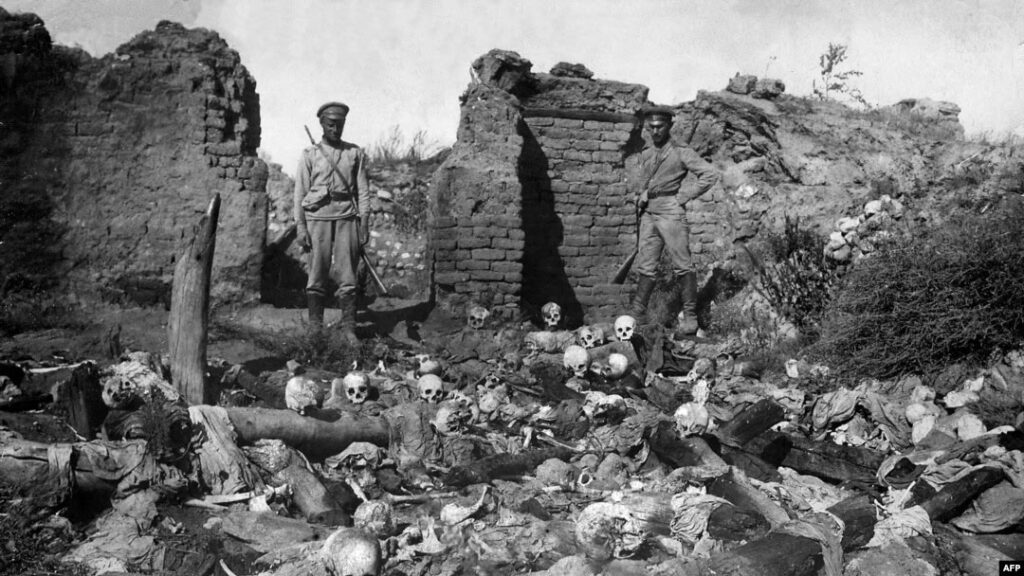
“Relocation is a very euphemistic word for sending people on foot, without proper provisions, hundreds, thousands of miles to deserts where there are almost no facilities to keep them alive,” he adds. “So that in a sense was a kind of death sentence for most people.”
Foreign diplomatic reports and oral histories from the time describe some Armenians being beheaded, disemboweled, drowned, and burned alive.
One account by a German missionary describes the fate of 1,200 Armenians and other Christians arrested in the Anatolian city of Kharpert, now Elazig: “On May 30, [1915], 674 of them were embarked on 13 Tigris barges, under the pretext that they were to be taken to Mosul…. A short time after the start, the prisoners were stripped of all their money and then of their clothes; after that they were thrown into the river. The gendarmes on the bank were ordered to let none of them escape.”
Another testimony, given by an Armenian survivor and corroborated by German eyewitnesses, says many Armenians were killed even before they could leave their villages: “The shortest method for disposing of the women and children concentrated in the various camps was to burn them. Fire was set to large wooden sheds in Alidjan, Megrakom, Khaskegh, and other Armenian villages, and these absolutely helpless women and children were roasted to death.”
Turkey: Not ‘Genocide’
By August 1915, the Ottoman leadership informed Henry Morgenthau, then the U.S. ambassador, that “we have already disposed of three-quarters of the Armenians.” By 1919, the postwar Ottoman government itself acknowledged that 1 million Armenians — half of Anatolia’s Armenian population — had been killed. (Some historians say the figure could be as high as 1.5 million.) Sporadic killings and deportations of Armenians continued through to the collapse of the Ottoman government in 1922.
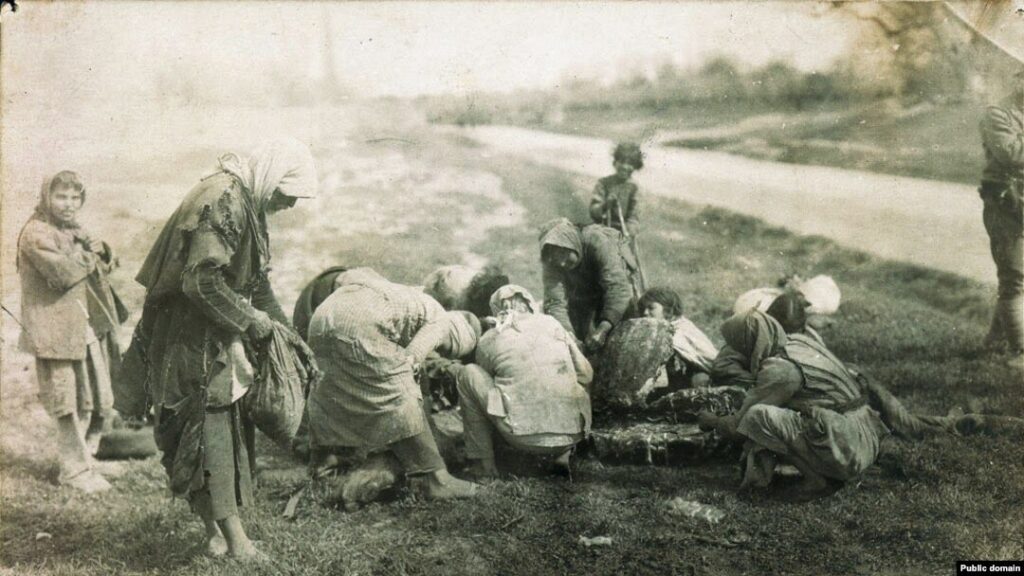
Modern-day Armenians — the descendants of massacre survivors, now living in diaspora communities in more than 80 countries worldwide — say the Anatolian campaign was a clear-cut case of genocide aimed at exterminating an entire nation.
Ankara bristles at the characterization, saying that Kurds were guilty of many of the attacks against Armenians, and arguing that Turks and other Muslims also suffered from atrocities in World War I, particularly after Russian forces invaded Anatolia in 1916, with Armenian survivors more than willing to join their ranks.
Despite the disagreements, experts say most basic facts about the Armenian massacre are proven and beyond dispute — even in Turkey, which itself provided detailed information about the campaign after the war.
“It’s very hard to deny the destruction of the Armenians,” de Waal says. “It’s very hard to explain away the fact that in 1913 there were up to 2 million Armenians living in Turkey in their ancient homeland, and a few years later barely 10 percent of them were left.”
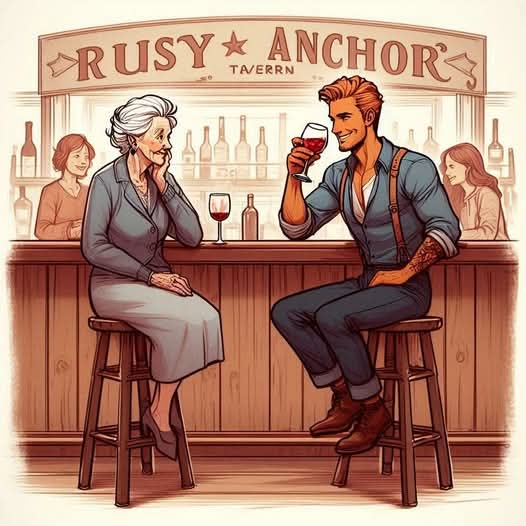

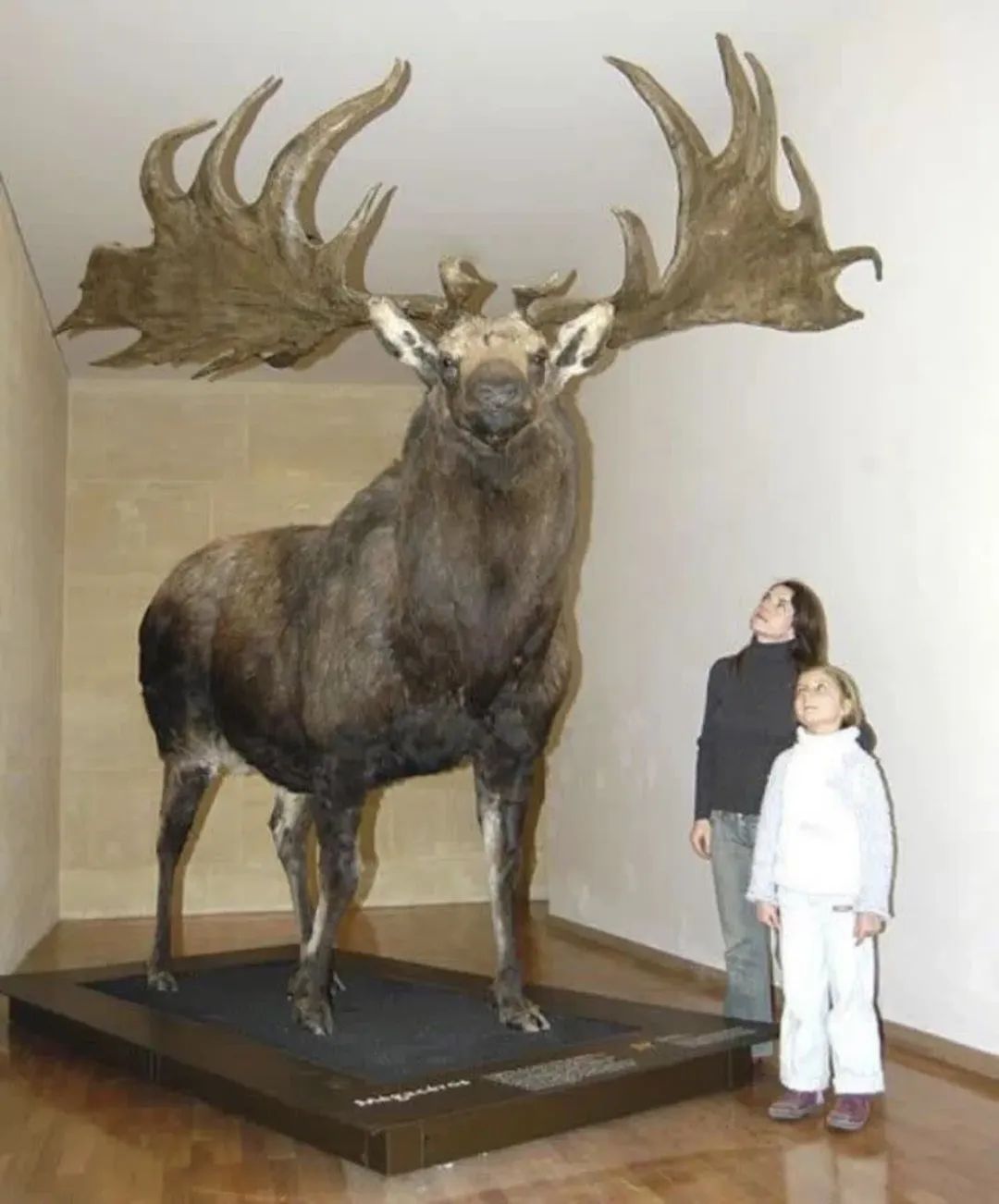
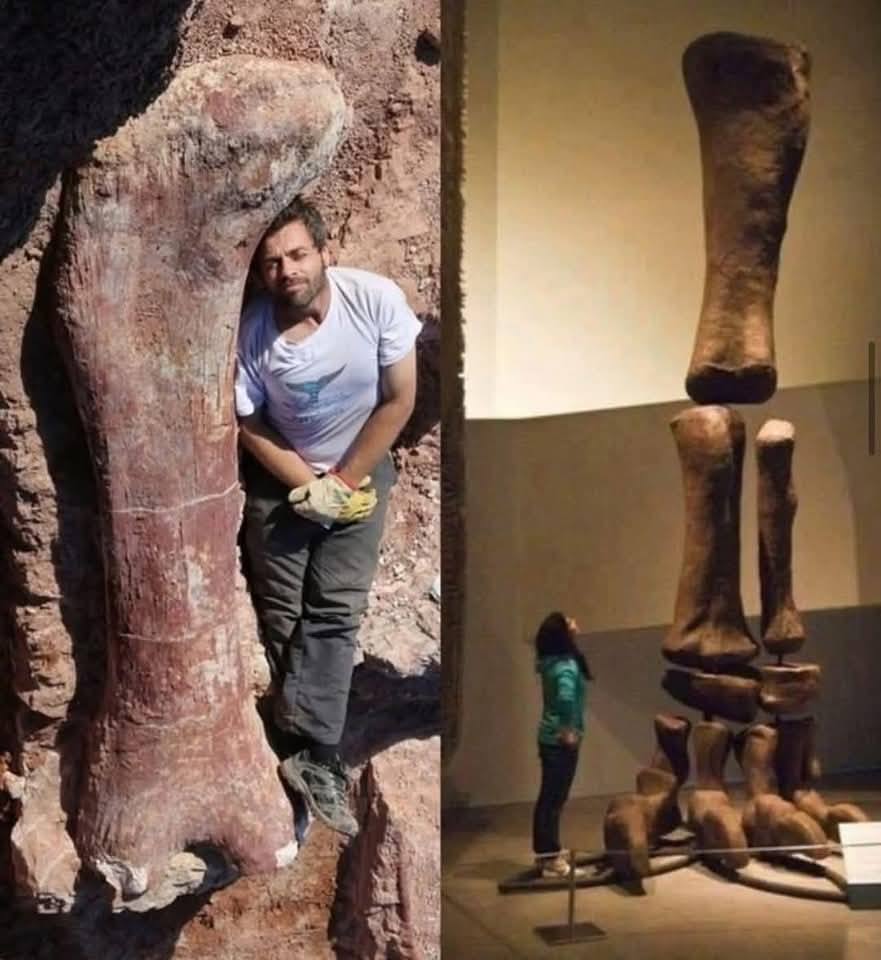
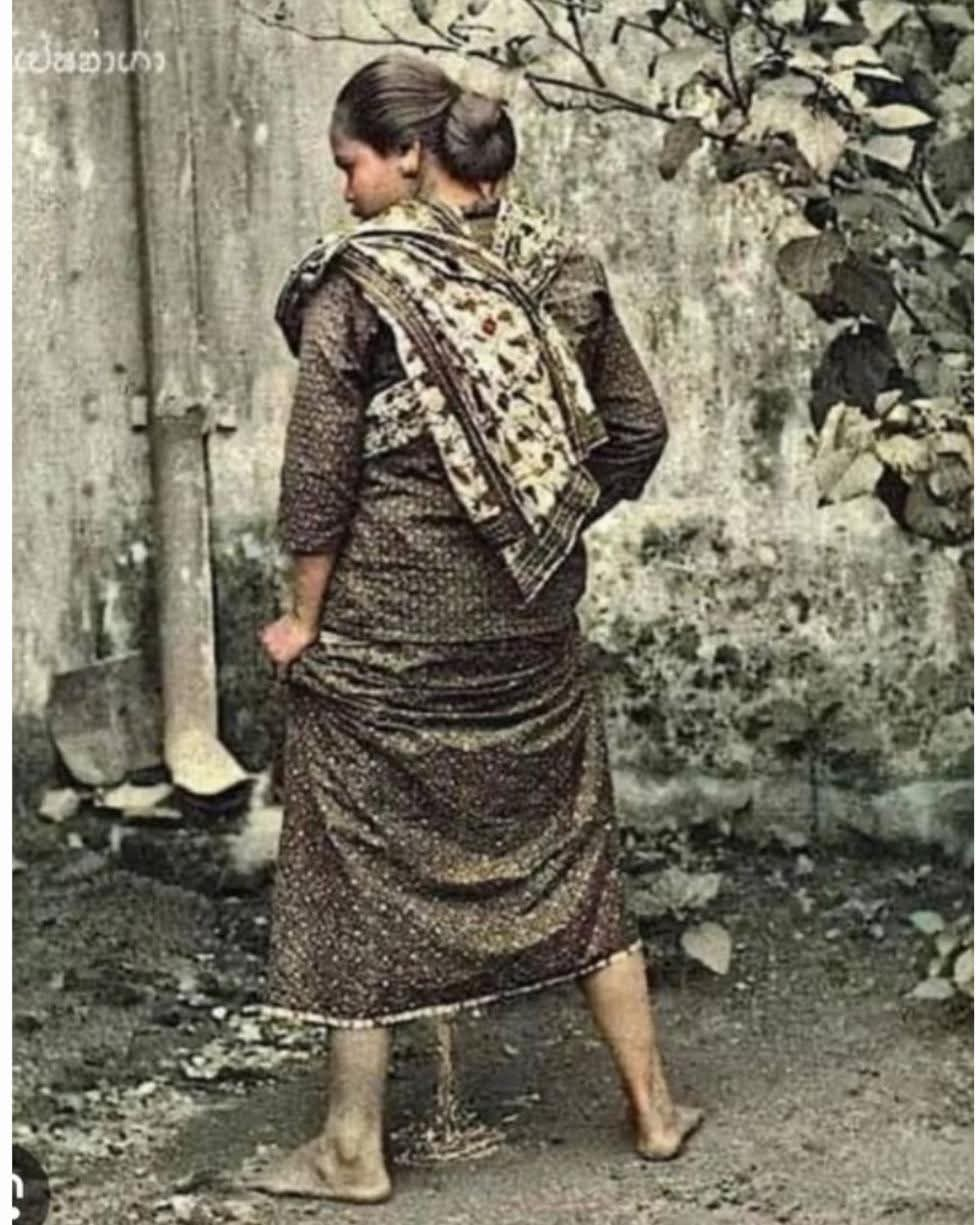

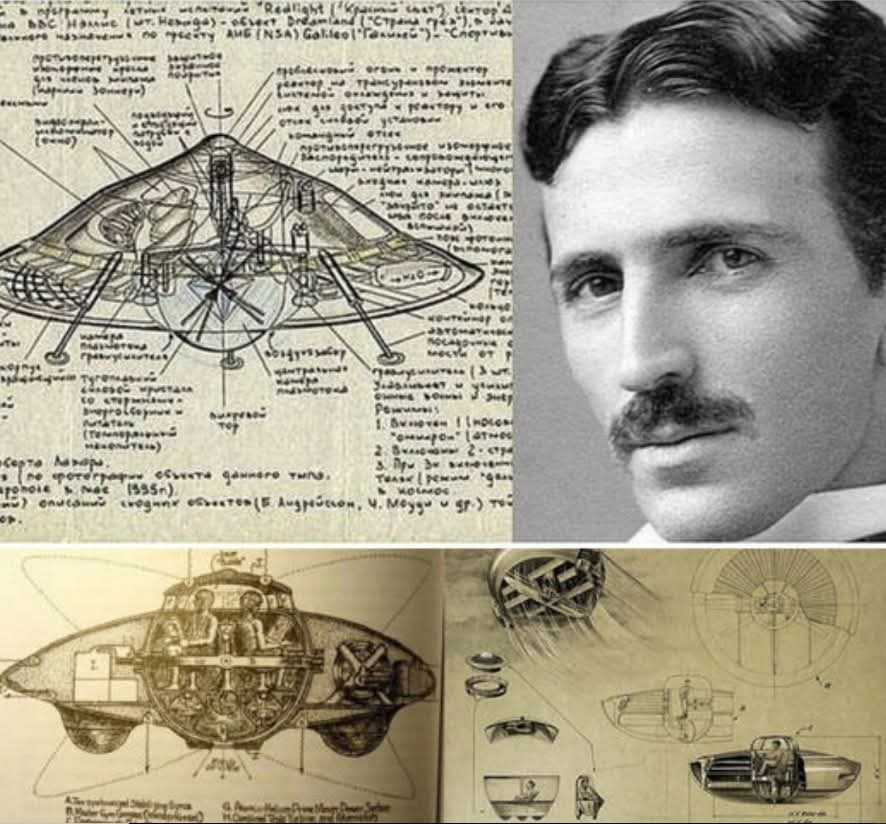
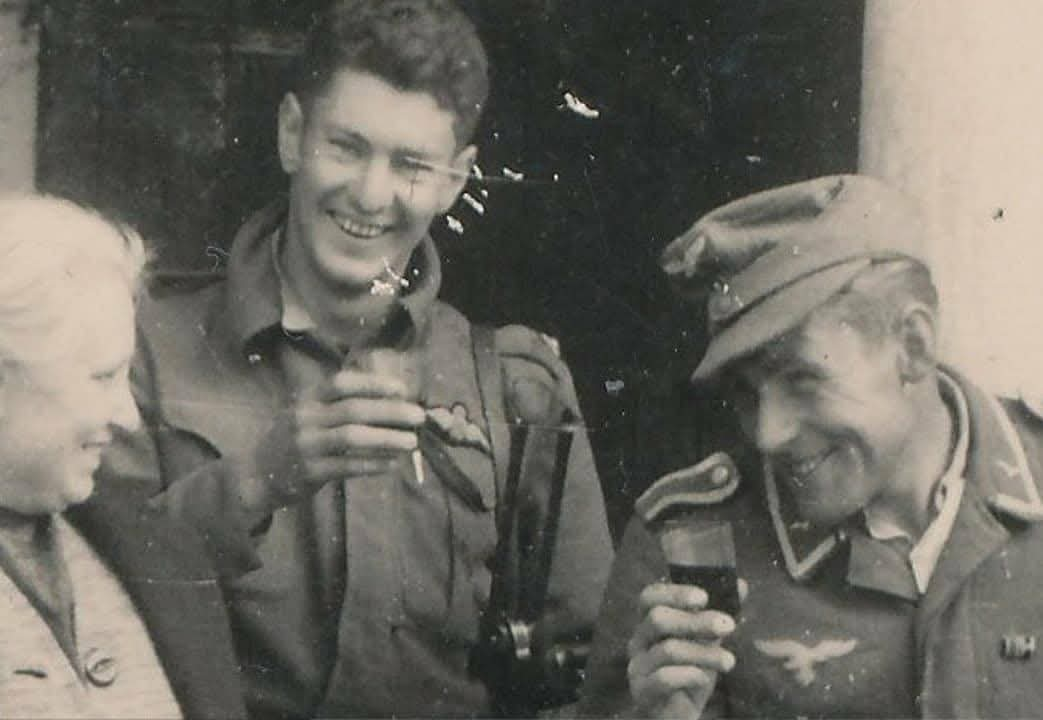
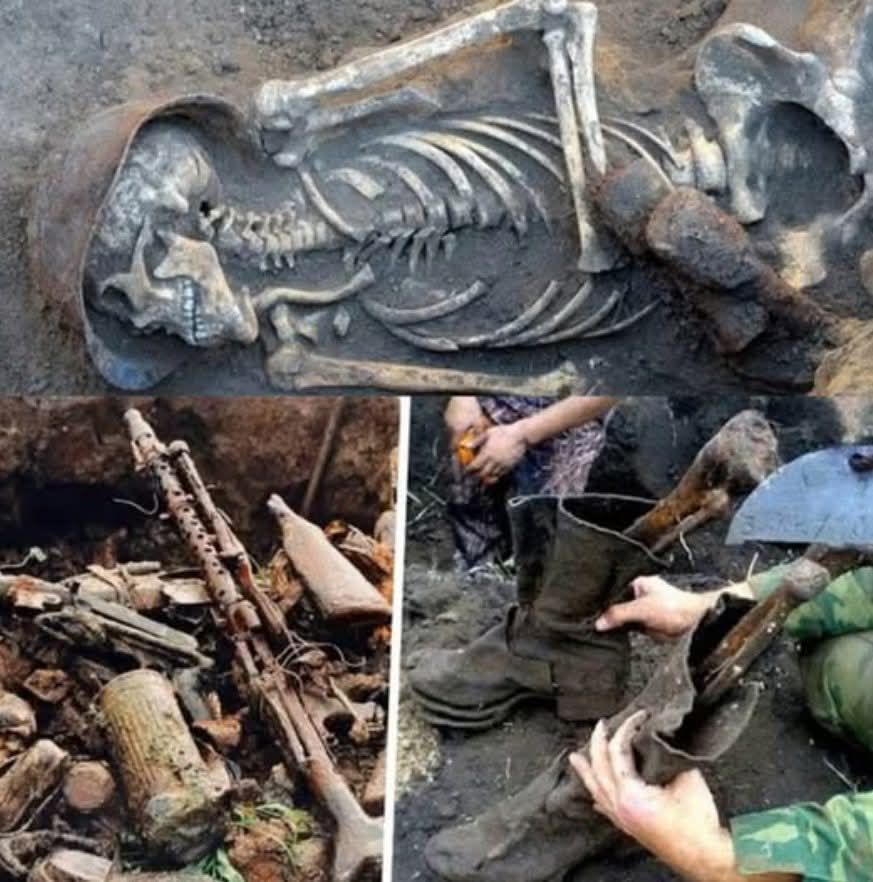

Leave a Reply